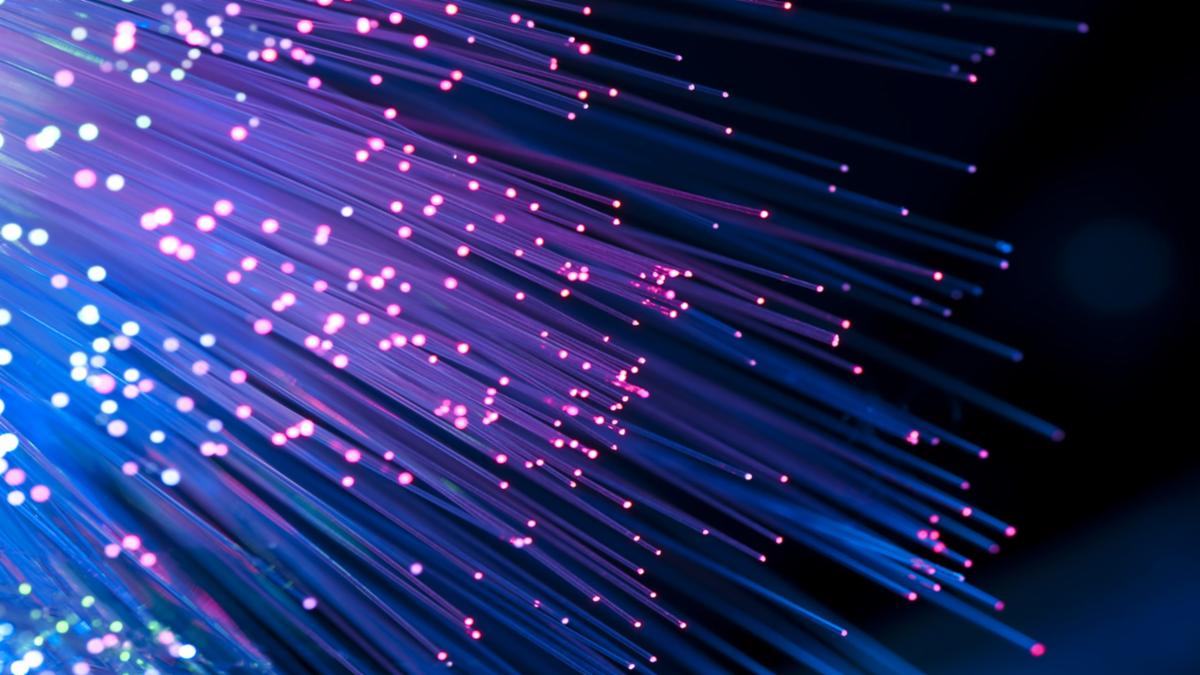Article Body
Why the dark fibre market is Transforming Connectivity: An Analytical Perspective
Causes and Context
The development of the Dark Fibre Market is fundamentally tied to the significant increase in global data consumption. The essential drivers include rapidly growing requirements for scalable, reliable, and secure communications infrastructures to enable 5G, cloud computing, IoT, and enterprise digital transformation initiatives. The disaggregation of telecommunications infrastructure and emphasis on open access networks has contributed to increased adoption.
The dark fibre market is projected to experience strong growth globally, with its value expected to rise from approximately US$ 8.36 billion in 2024 to US$ 29.70 billion by 2035. This represents a compound annual growth rate (CAGR) of about 11.2%. This growth is driven by the increasing demand for high-speed and secure network infrastructure, rapid expansion of 5G networks, and increased digital transformation initiatives across various sectors globally.
Infrastructure challenges continue to be a significant market driver. Urban densifications, lengthy permitting processes, and high deployment costs limit fibre deployment in some markets, and existing legacy networks are still not enough to support modern bandwidth requirements. Additionally, climate change and natural disasters have created vulnerabilities for fibre optic cables, requiring more stringent resiliency and faster restoration. These challenges create the context where investment, innovation, and policy interact.
Expert Perspectives and Past Comparisons
Renowned telecommunications analysts believe dark fibre enables future-proof network frameworks. “Dark fibre enables unmatched flexibility and inherent scale of bandwidth which is needed as networks change to accommodate different digital services and applications,” said a senior telecom strategist at NextGen Intelligence Stats.
At the start of the 21st century, dark fibre was often deemed not used (or under used) when dark fibre was deployed with the telecom fibre expansion of the early 2000s, and it existed "dark" because of backbone capacity exceeding demand. However, enterprises and carriers are starting to lease/purchase dark-fibre (rather than only leasing managed services or legacy leased lines) infrastructure for the formation of private networks, 5G backhaul, and cloud interconnections. This shift represents a significant departure from established models of privately connecting networks using managed services and legacy leased lines.
Explore Comprehensive Market Insights: https://nextgenintelligencestats.com/dark-fibre-market
Market Segmentation
By Product Type
• Active Fibre: Consists of fibre connections utilizing active devices needing powered electronics.
• Dark Fibre: Lite fibre (unlit) infrastructure leased or owned to support dedicated use.
By Application
• Telecommunication Service Providers: Deploy dark fibre for network backbone and 5G backhaul.
• Enterprises & Data Centers: Build private networks and facilitate interconnectivity for cloud services.
• Government & Public Sector: Use in smart cities, surveillance, and emergency communication applications.
• Other applications: Includes wholesale leasing, network redundancy, and disaster recovery services.
By End-User
• Telecom Operators
• Large Enterprises
• Small and Medium Enterprises (SMEs)
• Public Sector Agencies
By Region
• North America: This market is the most mature, with extensive dark fibre networks and strong demand from Enterprises and private sectors.
• Europe: Focused on developing open access networks, deregulating the broadband sector, and introducing pro-competition regulations to stimulate competition.
• Asia-Pacific: The fastest growing region, reinforced by substantial investment in data infrastructure, an expanded consumer and industrial economy, and increasing urbanization.
• Latin America: An emerging market, driven by new builds in data centre capacity and enterprise connectivity upgrades.
• Middle East & Africa: Still developing, with substantial investments in government-directed digitalisation programs.
Long-Term Outcome: Economics, Environmental, and Social Impacts
Economically, the market for dark fibre is predicted to grow nearly twofold, increasing in value from USD 8.36 billion in 2024 to over USD 29.70 billion by 2035 at a CAGR of 11.2%. In doing so, demand for telecommunication infrastructure will grow, as new jobs are required in the areas of avenues for investments employment in areas related to management, engineering, and operational roles associated with responsible networks and digital economic support around the world.
Environmentally, the carbon footprint of fibre infrastructure will be lower than that of copper or wireless approaches, particularly as renewable energy becomes the source of energy for data centres and to power operations using fibre networks. Improved network efficiencies and deployments of new technologies, such as wavelength division multiplexing (WDM
In agreeing with expanded social dark fibre access that will directly assist with digital inclusion goals, those who access low cost, high capacity broadband in underserved communities have increased access to education, healthcare, economic opportunity, and governmental transparency, which all help with closing digital divides.
Recommendations for Policy and Preparedness
In order to support growth and to fully engage the benefits of dark fibre, policymakers and industry participants could consider:
• Streamlining permitting and rights of way timelines to increase deployment of fibre, while maintaining appropriate considerations for the environment
• Fostering open access/neutral host models for fibre deployment to improve market competition and lower user or consumer costs
• Facilitating funding and granting of subsidies towards fibre deployment for rural and underserved areas
• Fostering or supporting the adoption of sustainability standards and climate resilience in network construction and/or design
• Fostering or supporting workforce and research capabilities in fibre network creation and/or management
Conclusion
The Dark Fibre Market is growing at an unprecedented level and is poised to be the backbone of global digital infrastructure for the next decade and beyond. The market size is forecasted to be around 8.36 and billion in 2024 and around 29.70 billion by 2035, which some reports estimate CAGR (compound annual growth rates) in the 11.2% range. The growth of the dark fibre market is stimulated by increasing data consumption, rapid deployment of 5G, cloud adoption, and the increasing demand for connectivity at a high-capacity, scalable and secure level.
Access Exclusive Market Data – Get a Sample Report Instantly - https://nextgenintelligencestats.com/request-sample-report/58


Comments